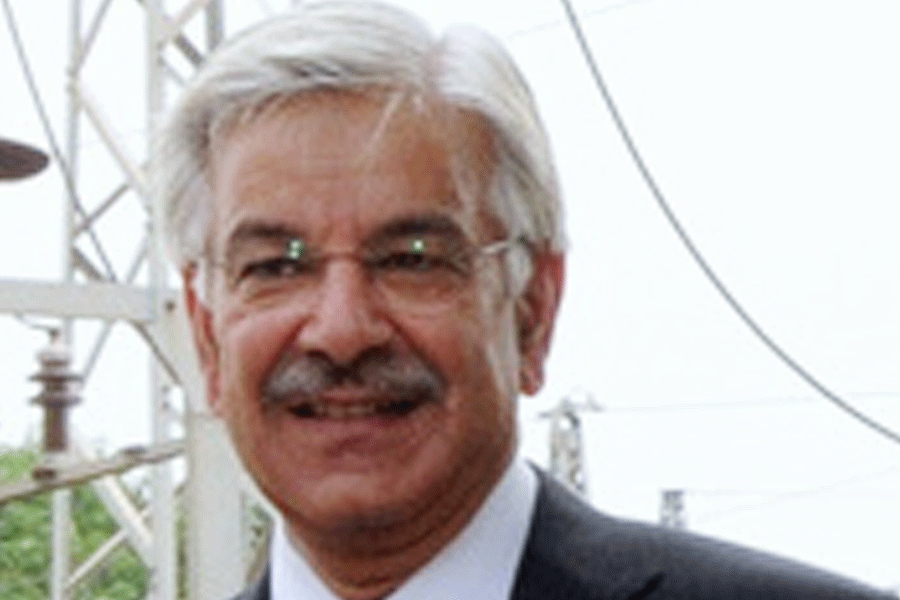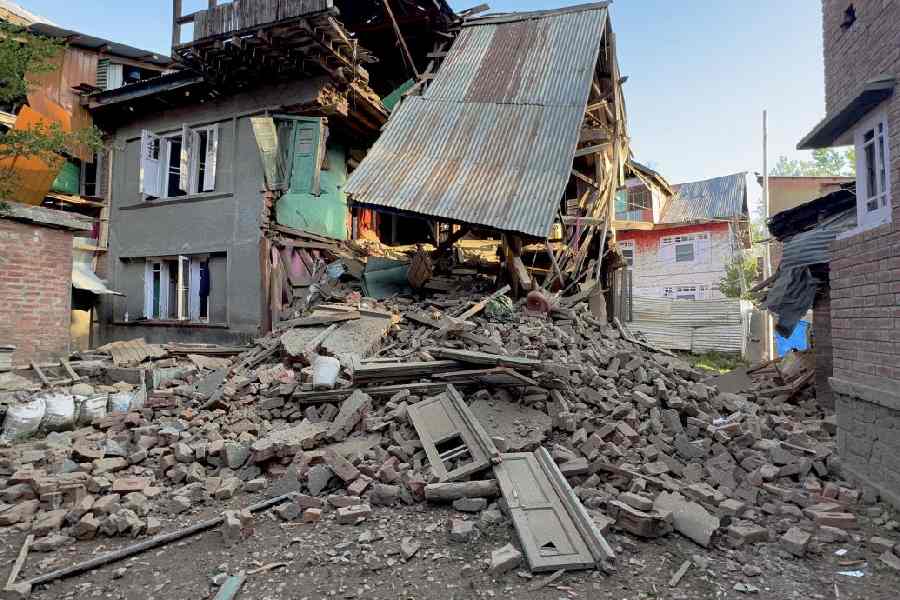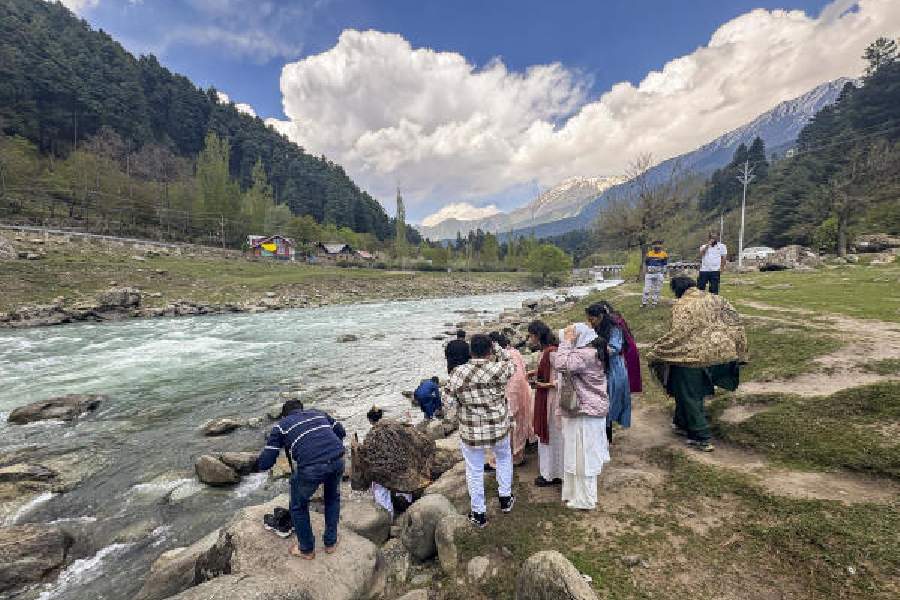 |
| Dancers perform during the Teesta Tourism Festival held at the confluence of the Teesta and the Rangit in January in a PTI file picture. Cultural activities play an important role in the construction of identity in the hills |
Darjeeling, March 5: A few researchers from the Darjeeling hills and the Northeast have come together to explore the “unique” history, polity and economy of the hill people.
Their research papers will be compiled into a book, to be published by St Joseph’s College, Darjeeling. “Discursive Hills — Studies in History, Polity and Economy will look at the unique character of the hill people,” said Father P.J. Victor, the principal of the college, who has edited the book. “The hills are unique in more than one ways but there has been no exhaustive study of it so far.”
The book will contain delightful vignettes about the hill towns. For example, Devika S. Lama, reader, St Joseph’s, and Chhanda Chakraborty, professor, North Bengal University, have found that in the first two decades of the twentieth century, Kurseong town had attracted the royalty and the rich scouting for property in the hills. People who bought property in the town during the period included Sarat Chandra and Subhas Chandra Bose, the prince of Ilam (in Nepal) and the Maharaja of Rangpur, which is now in Bangladesh.
The researchers have also unearthed a number of curious facts. For example, while population density is on the rise across the world, it has decreased in Gorubathan and Runglee-Rungliot over the past 10-15 years. The research conducted by Debabrata Chakrabarti, a reader at BT and Evening College in Cooch Behar, has shown that the population density in Gorubathan stood at 170 per sq km in 1991 before coming down to 123 per sq km in 2001. The corresponding figures for Runglee-Rungliot are 214 and 210.
Chakrabarti believes that this is due to the low percentage of cultivable land there. While total cultivable land in the Gorubathan block is a mere 12.7 per cent of the entire area, the figure stands at 7.9 per cent in Runglee-Rungliot.
Padam Nepal and Namrata Pariyar, lecturers of political science in St Joseph’s College and Darjeeling Government College respectively, have probed the lack of participation of women in decision-making at the local administrative level. Looking at Darjeeling as a case study, the duo noted that though female representation has increased in the town’s civic body after the implementation of the 74th Amendment, 1992 (which made reservation of seats for women compulsory), those elected are still not involved in policy decisions.
“Women (especially from the Scheduled Caste communities) are often not aware of the rules and regulations of the civic body. Also, lack of support from senior male members, poor organisation and the passivity of women in general are constraints to their active participation in policy decisions,” their paper reads.
The changing political identity of the Nepalis — from hillsmen to the high-sounding Nebula (Nepali, Bhutia, Lepcha) then back to Nepali to Gorkhali and now to tribes — has been examined by Alina Pradhan, a lecturer in Darjeeling Government College.
The book has been sent to the printers and will be released soon.










